This year, Lunar New Year falls on February 10, marking the start of the 15-day Spring Festival. Here are some of the most popular traditions associated with Lunar New Year, according to CNN.
Why the year of the dragon?
Although incredibly complex, the zodiac calendar describes a 12-year cycle represented by 12 different zodiac animals, in the following order: Rat, Ox, Tiger, Cat, Dragon, Snake, Horse, Goat, Monkey, Rooster, Dog, and Pig.
Each person's personal zodiac sign is determined by the year of their birth, meaning 2024 will welcome a lot of "baby dragons" into the world . Those born in 2025 will be the snake…
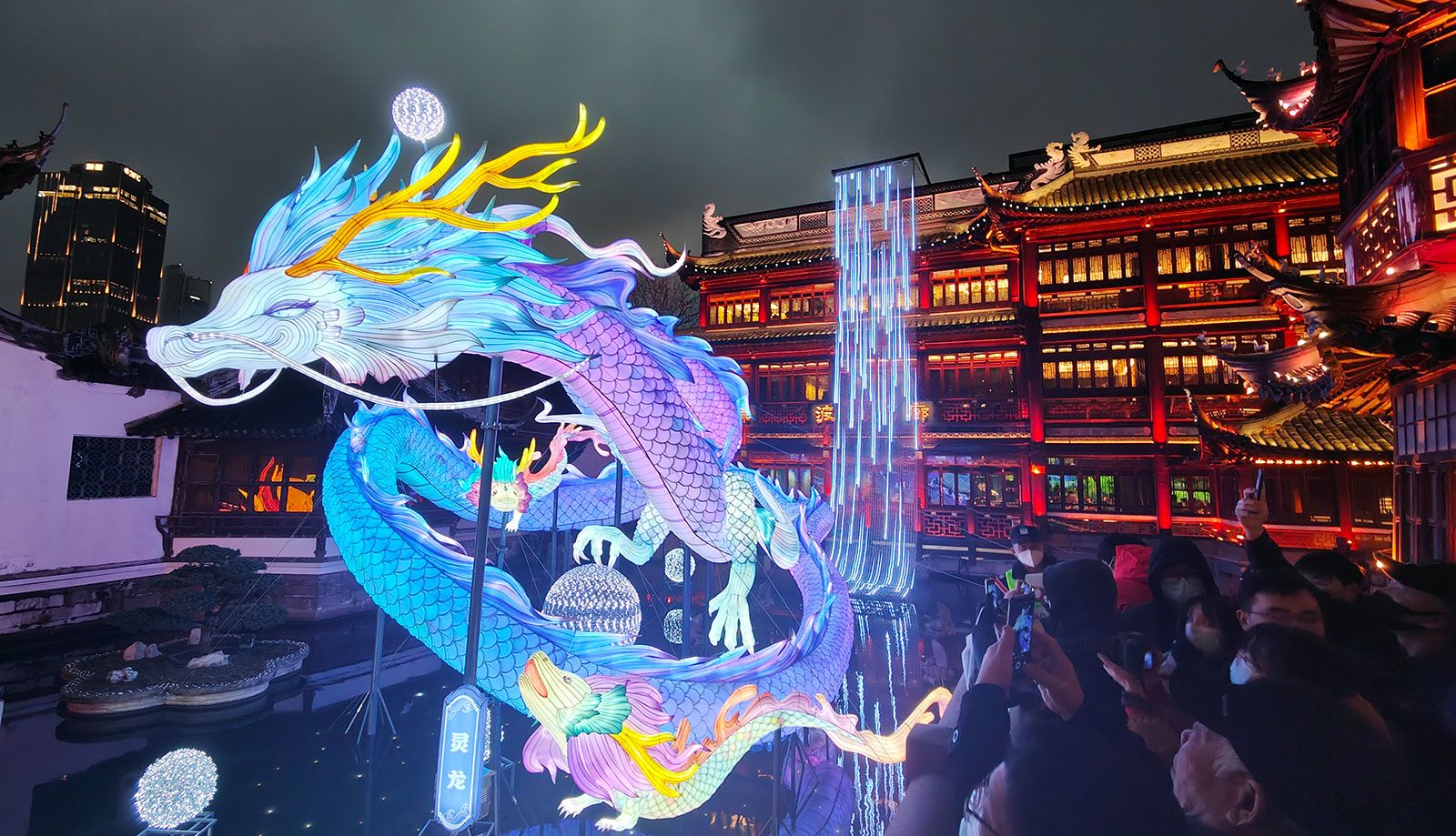
2024 will be the year of the dragon
Many believe that for each zodiac sign, luck will depend largely on the position of Tai Sui (guardian deity) - the collective name for the star gods that are said to rotate parallel and counterclockwise to Jupiter.
Different feng shui experts may interpret the data differently, but there is generally a consensus on what the year means for each zodiac sign based on the position of the stars.
Fireworks and red clothes
There are countless folk tales associated with the Lunar New Year, among which the most popular color is red, related to the legend of warding off evil spirits.
For example, Chinese legend tells of Nian, a ferocious underwater beast with sharp teeth and horns that crawls out onto land every New Year's Eve and attacks a nearby village.
On one such occasion, as the villagers rushed to flee, a mysterious old man appeared and insisted on staying despite being warned of impending doom.
To the villagers' surprise, the old man survived and the village was completely peaceful.
The man said he scared Nian by hanging red banners on the door, setting off firecrackers and wearing red clothes.
This is why wearing red, hanging red banners, and setting off firecrackers or fireworks are Lunar New Year traditions, all of which are followed to this day.
That is also the reason why, in other cultures, using red on New Year's Day brings happiness and luck.
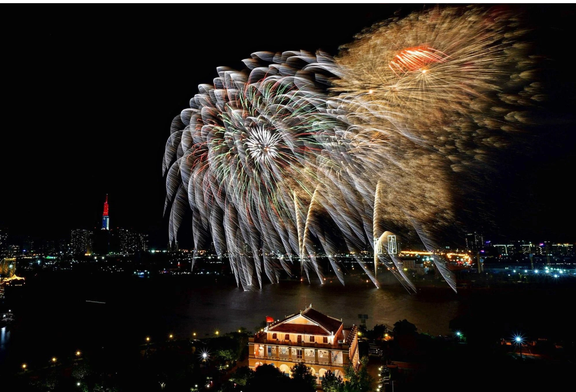
Fireworks are set off in cities throughout the country on New Year's Day.
Preparing for Tet
Fun aside, Lunar New Year can actually be a lot of work. The festival typically lasts for 15 days – sometimes more – with various tasks and activities taking place during that time.
It all starts about a week before the new year with a series of days such as offering sacrifices to send the Kitchen Gods to heaven; the traditional Chinese cake festival; decorating the house; shopping for new things…
Not all the preparations are fun. Lunar New Year tradition calls for a major cleaning of the house… The purpose is to “free” your home of all the bad luck that has accumulated over the past year.
And don't clean anything during the first 3 days of Tet, otherwise you will wash away all the luck that came at the beginning of the new year.
New Year traditions have changed, but many people still believe that it is not advisable to wash or cut hair on the first day of the new year.
Why? The Chinese character for hair is the first character in the word prosperity. So washing it or cutting it off is considered washing away your good fortune.
Also avoid buying shoes during the first month of the lunar year, as the term for shoes (haai) sounds like loss and sigh in Cantonese.
New Year's Eve: The Big Party
Family reunion dinners are usually held on New Year's Eve, which falls on February 9 this year.
The carefully curated menu includes dishes associated with good fortune, such as steamed fish (pronounced like “abundance”) in Chinese culture. Lunar New Year food, while different from country to country, is a feast of wordplay.
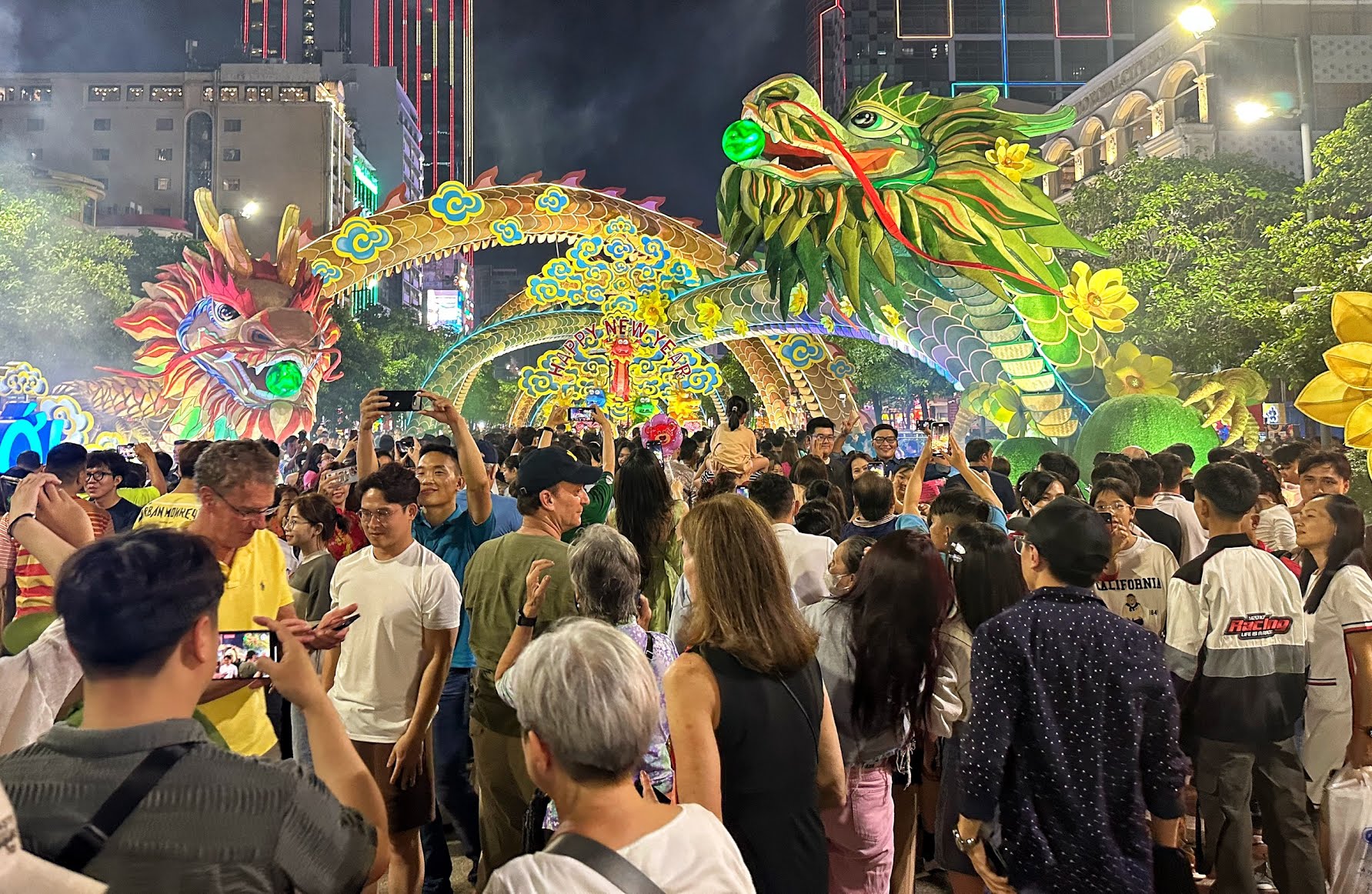
Crowded with people and tourists visiting Nguyen Hue flower street on opening day
Lunar New Year: Family visits and lucky money
The early days of Lunar New Year, especially the first two days, are often a test of many people's endurance and social skills as they have to visit family, relatives and friends.
Bags filled with gifts and fruits to be given out to visitors. Visitors will be given gifts in turn after exchanging conversation...
Married people must also give lucky money to unmarried people - both children and unmarried people.
It is believed that these envelopes - called hongbao/lai see in Chinese - can protect children by warding off evil spirits and bringing good luck.
Visiting the temple at the beginning of the year
People of countries celebrating Lunar New Year always keep the tradition of visiting temples and pagodas on the first days of the new year.
In Chinese, the third day of Lunar New Year is called "chi kou/cek hau", or red mouth.
It is believed that arguments are more likely to occur on this day, so people will avoid socializing and instead visit temples and make offerings to avoid any possible bad luck.
Every year, some zodiac signs have negative conflicts with the stars so visiting temples is considered a good way to resolve those conflicts and bring peace in the coming months.
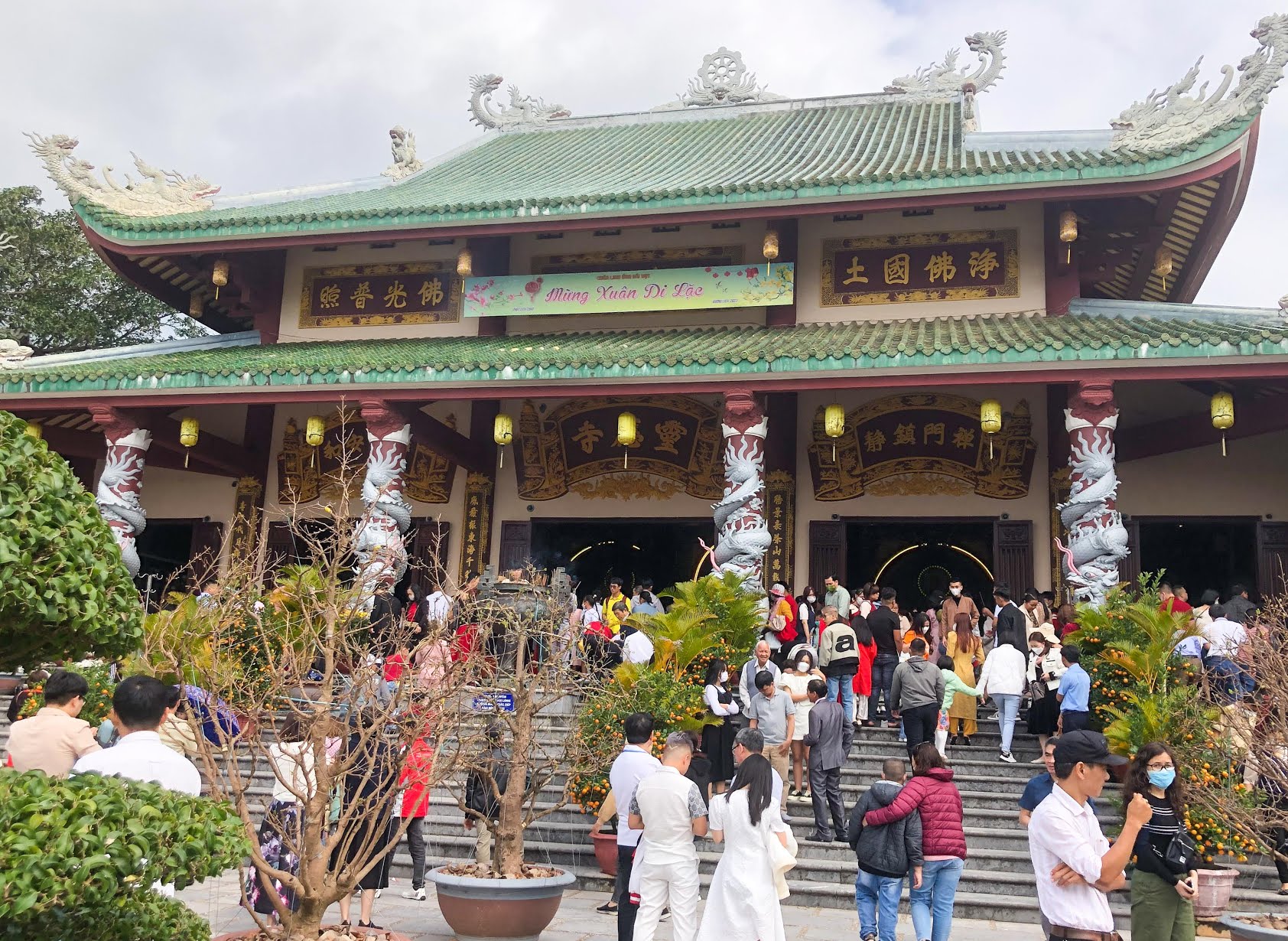
People and tourists visit Linh Ung Pagoda on the first day of the year
Day 15: Lantern Festival
The highlight of the entire Lunar New Year is the Lantern Festival which takes place on January 15. This is considered the perfect end to the two-week preparation and celebration of the Lunar New Year.
The Lantern Festival celebrates the first full moon of the year, marking the end of winter and the beginning of spring.
On this day, people light lanterns to symbolize dispelling darkness and bringing hope for the coming year.
In ancient Chinese society, it was the only day young girls were allowed to go out to admire lanterns and meet boys. Therefore, it is also known as Chinese Valentine's Day.
Today, cities around the world still display and hold giant lantern fairs on the final day of the festival.
Source link





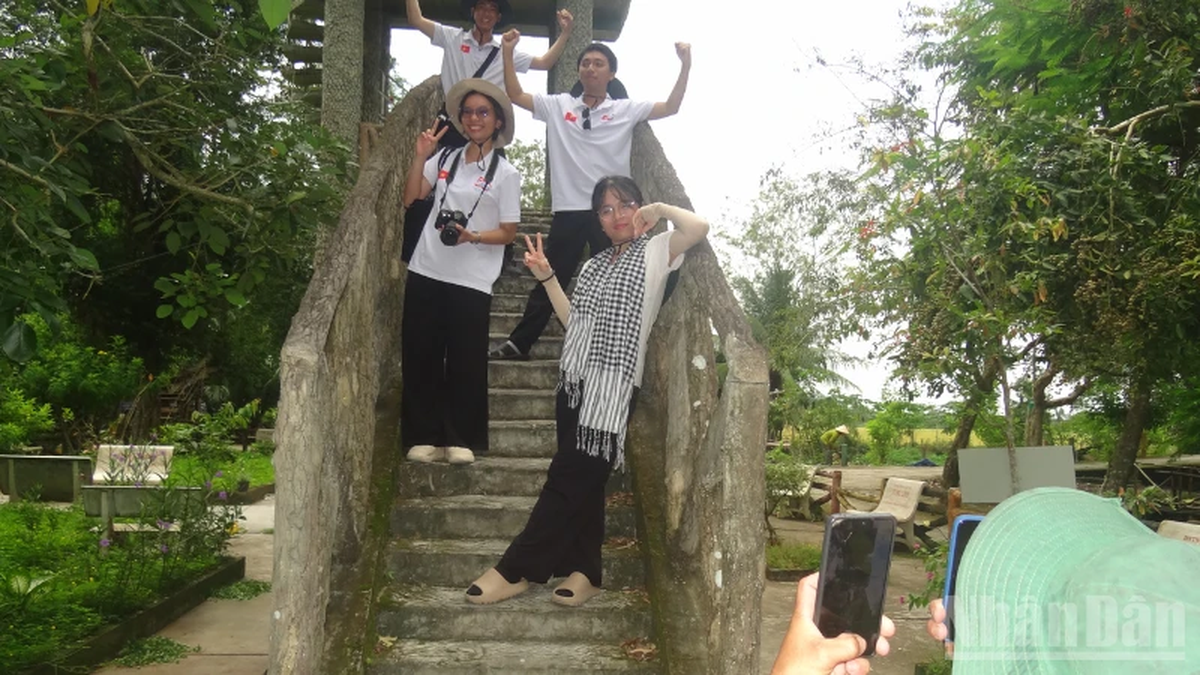





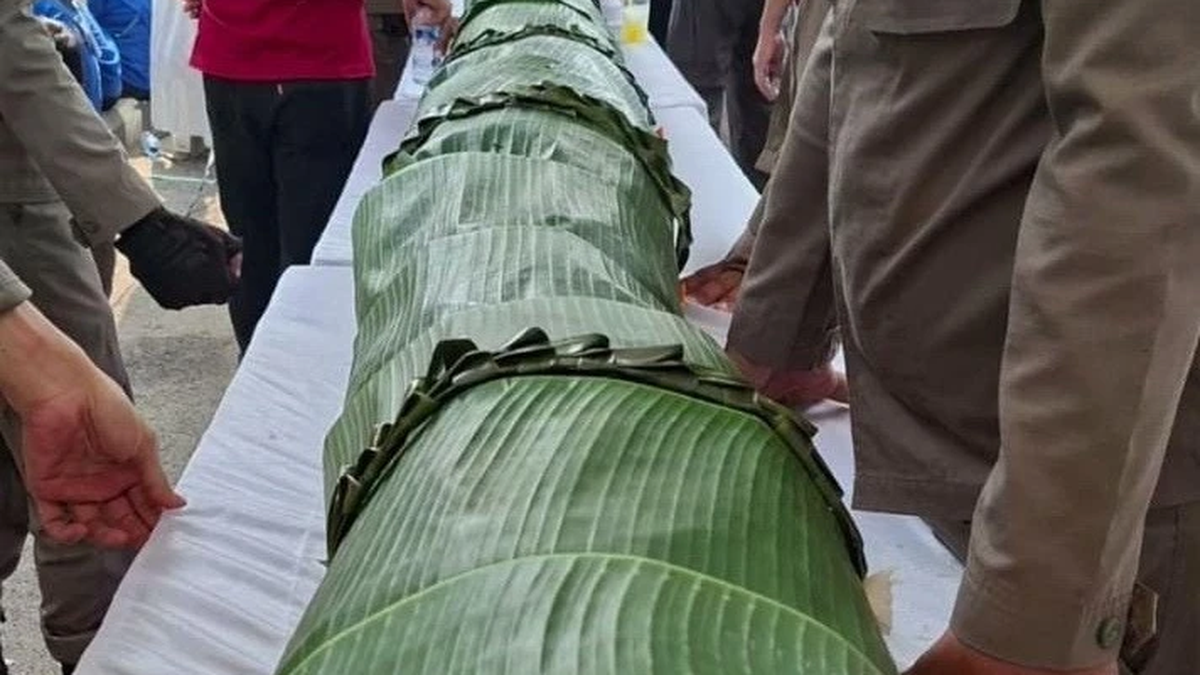






















































































Comment (0)